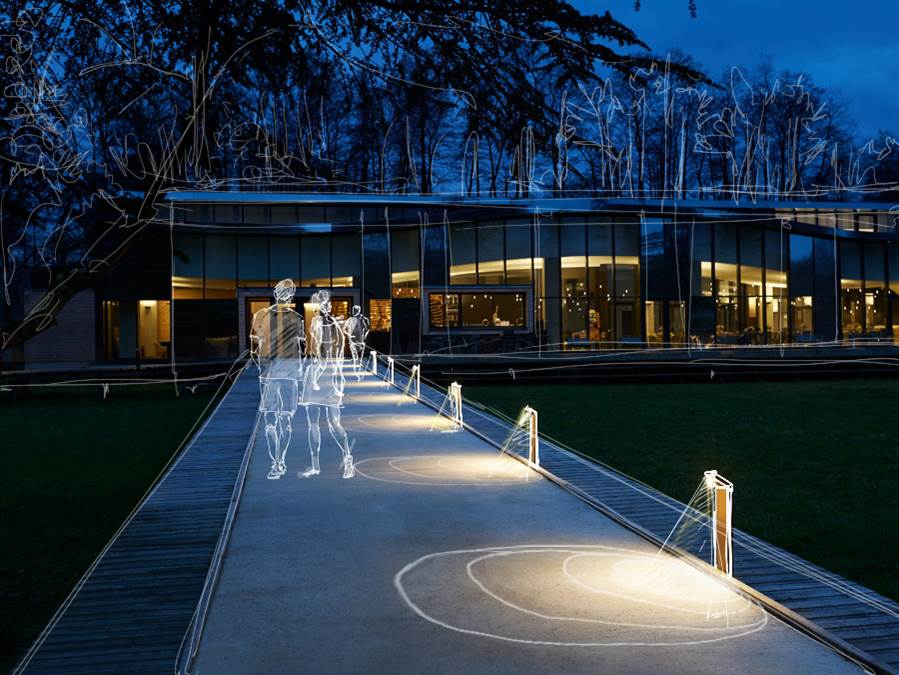“NIGHTSCAPE”
REGENERATING NATURE
Protecting the Wild
Enjoying the Night Sky
Preserving the Architectural Beauty
Nightscape
It is a technology that enhances the visual experience with a blue light ratio of less than 2%, helping to improve the quality of human life at night.
Nightscape is said to protect the health of the natural environment (including plants and animals), human circadian rhythms and improve light pollution, preserving the beauty of the night sky.
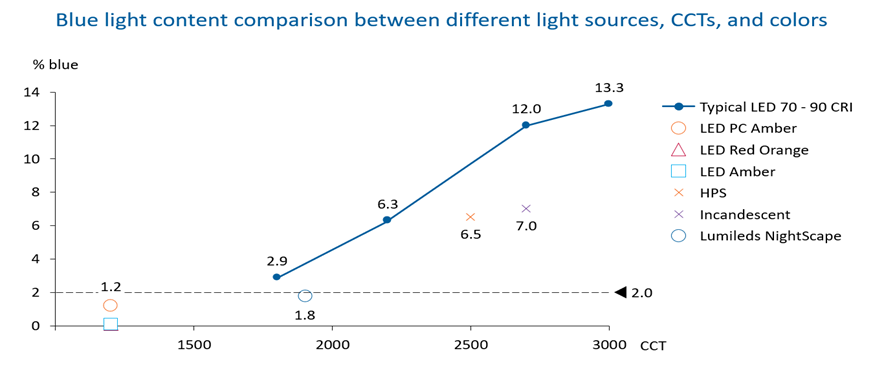
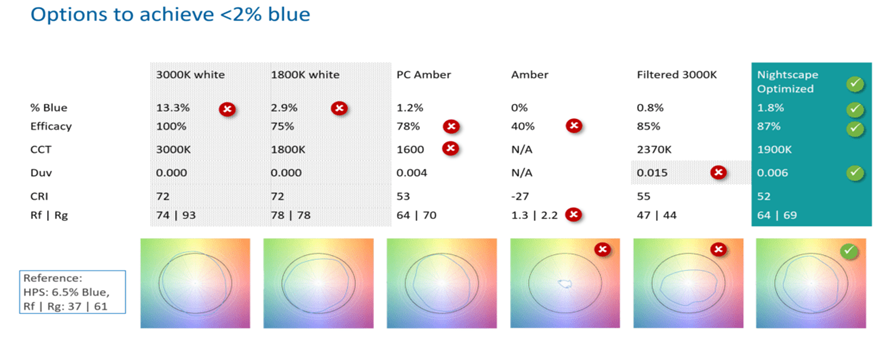
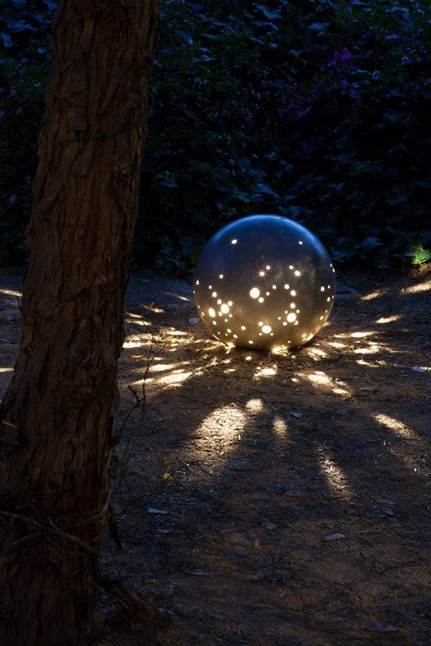
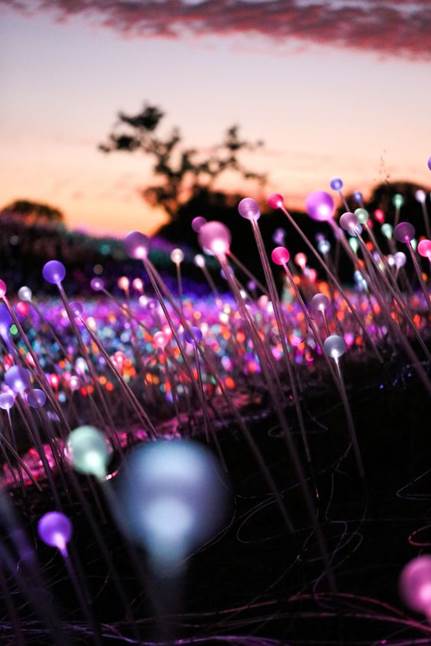
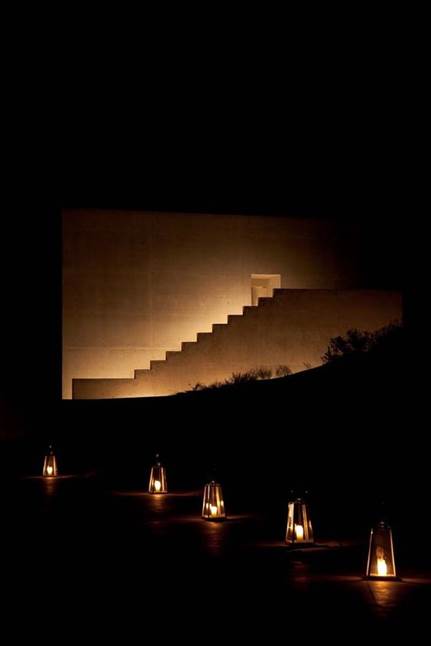
Using appropriate light sources, in harmony with the natural landscape, enhancing rather than overwhelming the authenticity of the architectural space.
The trend of honoring the intrinsic beauty, integrity, and mystery of the natural night sky as well as the surrounding environment.
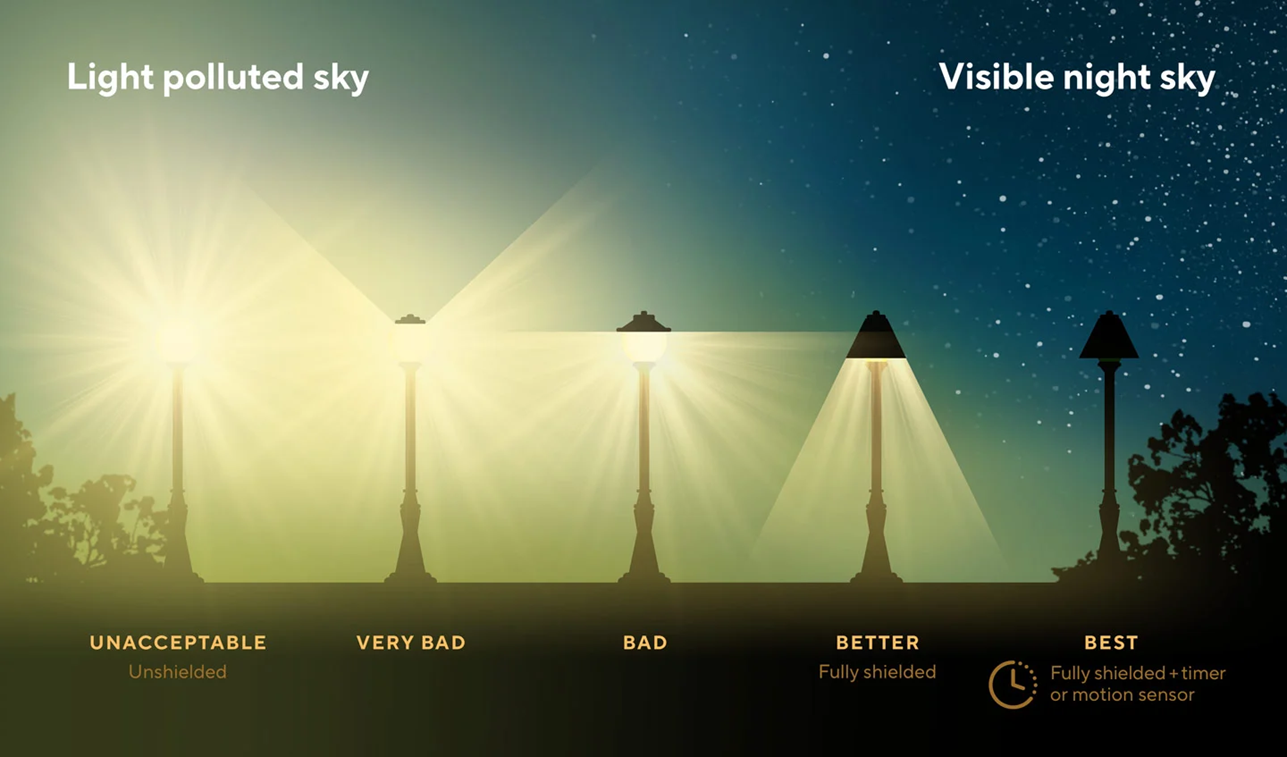
Remote Control
Smart Control
Automated Operation
Scene Lighting
Wireless Networking
Anti-Light Pollution
Lighting & Art
Light Art
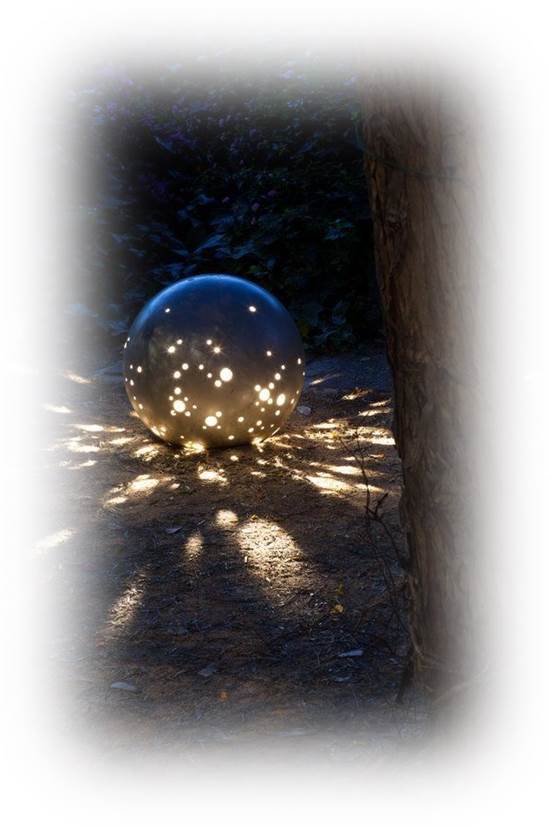

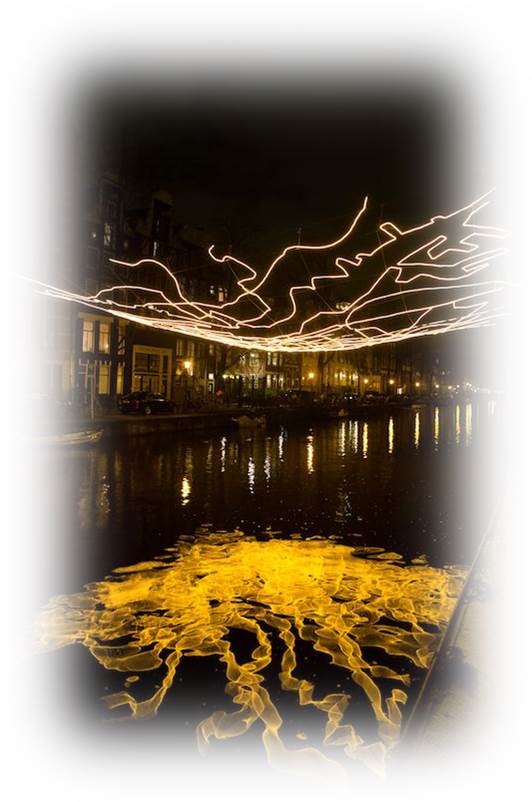
Light Sculpture

Lighting Entertainment
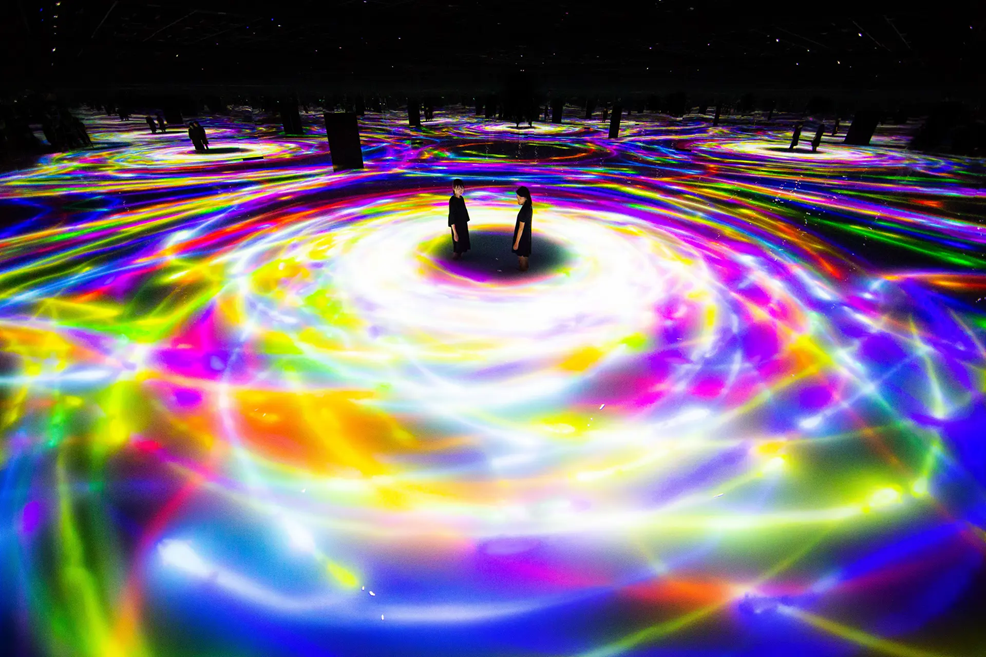
Mapping 3D

Landscape lighting, in addition to ensuring safety and convenience for travel and movement at night, also plays a very important role in decorating and enhancing the beauty of buildings and works of art, and is also one of the factors of “Regenerating nature”.
Light & Environment
Light Pollution
Evolution on Earth is the process by which organisms gradually develop and adapt to the day and night cycle, an adaptation that is passed down through the genes of the species.
This rhythm is called “Circadian Rhythm”.
Light pollution occurs due to the presence of artificial light in the night environment with excessive intensity. This is gradually affecting many aspects, and the natural element/ecosystem is gradually losing its inherent balance.
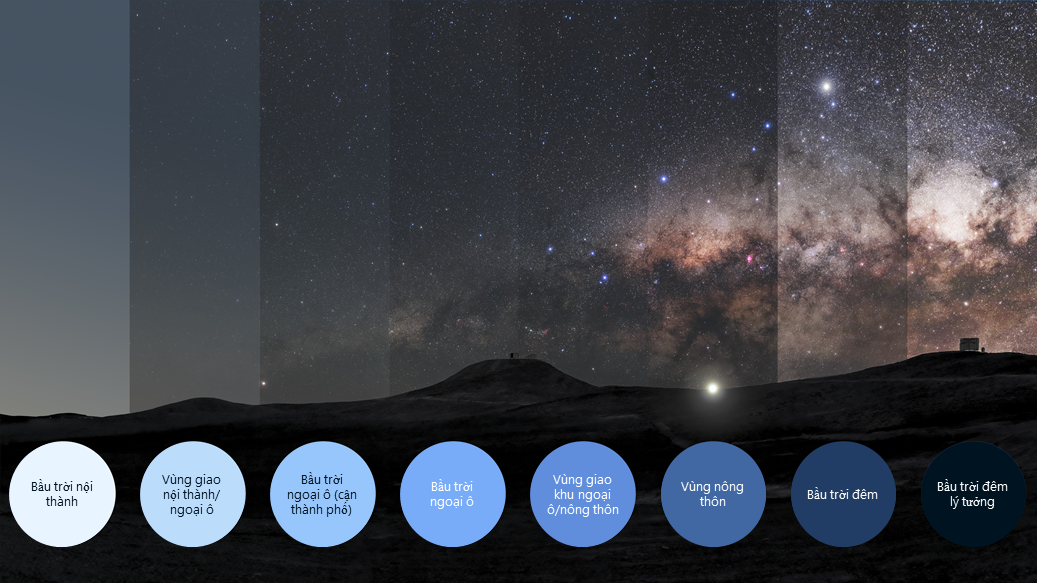
Ecosystem
Wild animals are adapted to the Moon and Stars at night. Excessive use of artificial light sources disrupts their nocturnal adaptation. Some typical examples:
- Nocturnal birds that migrate or hunt depend on darkness and natural light from the Moon and Stars to navigate. The effects of light pollution cause them to deviate, affecting their ability to hunt, and preventing them from reaching their natural destinations.
- Nocturnal mammals have evolved to be active at night. Their eyes are very sensitive to light, relying on the Moon and Stars to perform many of their natural functions. Artificial light sources affect the ability of creatures to hunt and hide due to their vision.
- Sea turtles are one of the globally protected creatures. Sea turtles have a habit of nesting on remote and dark beaches. Brighter beaches prevent them from nesting and breeding.And there are many other negative impacts that cause imbalance in the ecosystem.
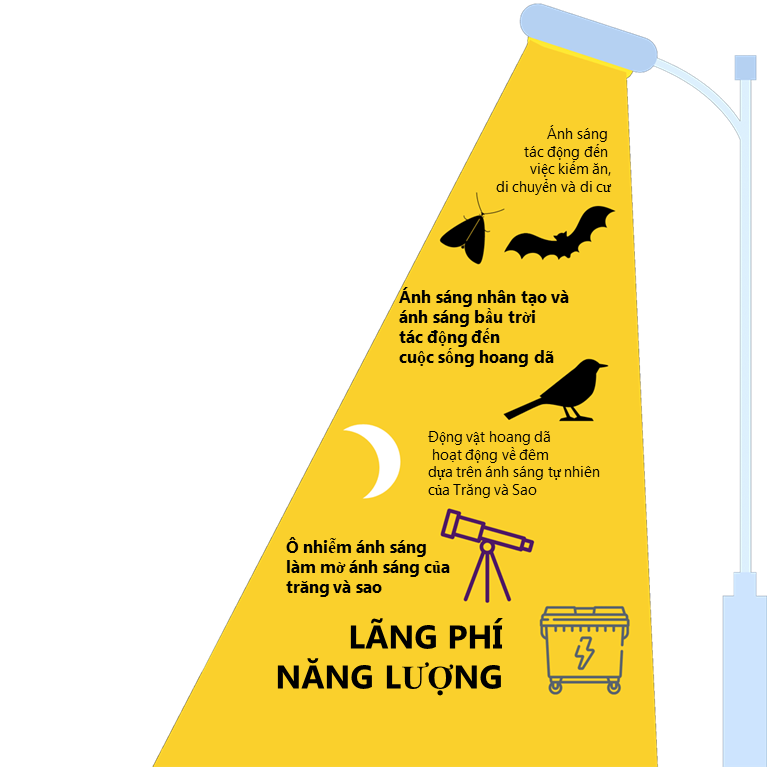
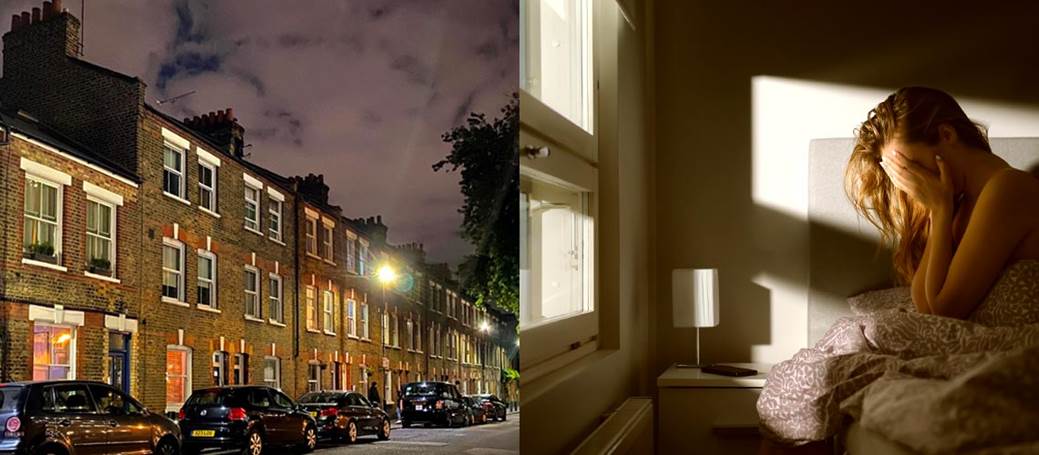
Humans
According to many studies, light pollution disrupts the natural biological and mental rhythms of humans. In which:
Melatonin hormone: plays a role in regulating sleep and regulating human biological rhythms.
Serotonin hormone: a neurotransmitter, contributing to regulating mood, appetite and sleep.
The impact of light pollution disrupts the body’s production of the above hormones, leading to symptoms of insomnia, fatigue, headaches, stress, anxiety disorders and other health problems.
(Source collected)
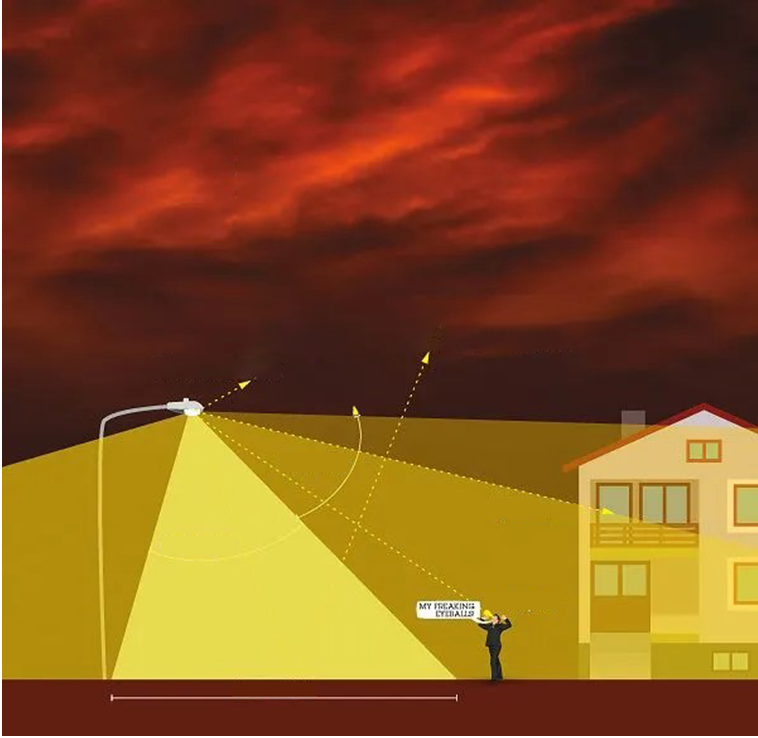
Lighting levels that are higher than necessary, in the wrong areas, are wasteful.
Energy waste has huge environmental and economic consequences
Energy
Excessive use of lighting is one of the factors that cause energy loss/waste.
The energy source that operates current lighting systems is created from hydroelectricity (water power – affecting the river system) or thermal power (fossil fuel, increasing the greenhouse effect) which is increasingly high, affecting the global climate and ecosystem.
Lighting & Value
Light stimulates the body to produce serotonin (emotional hormone) and melatonin (hormone that regulates sleep and alertness). In addition, light also supports metabolism, helps us maintain health, and is a factor that directly affects vision.
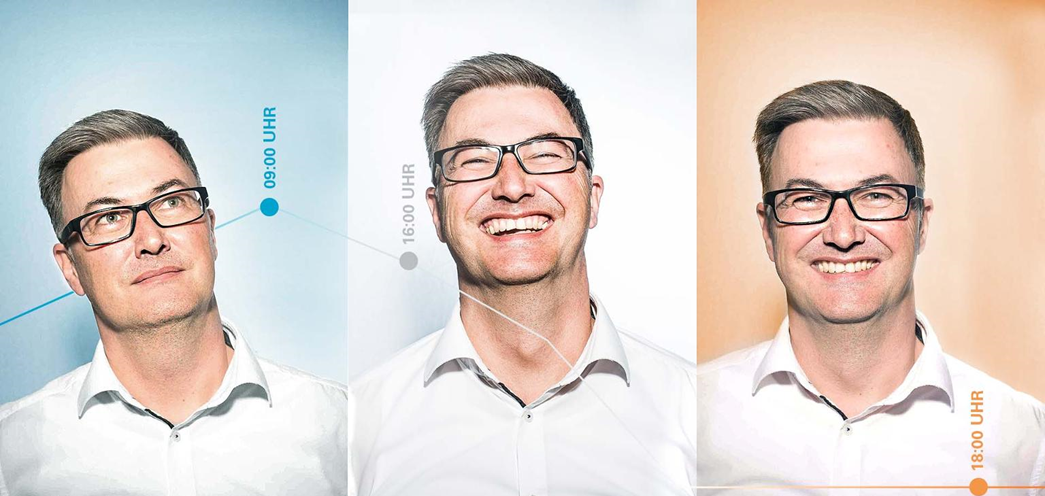
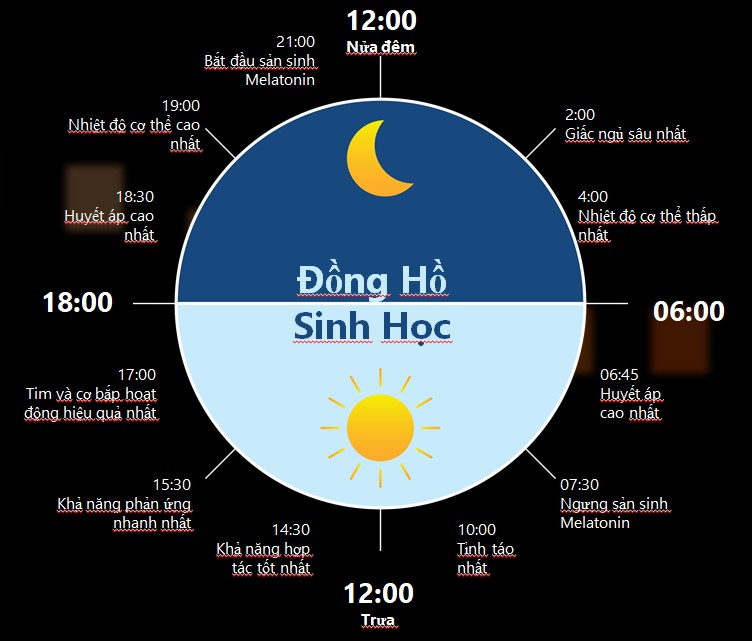
Health
Human-centered lighting is a current design trend. The lighting system aims for comfort in the workplace or living space based on 3 factors:
–Vision: no glare, comfortable working, space experience.
–Emotion: Reduce fatigue, anxiety, improve resilience, balance emotions.
–Biology: Improve alertness, concentration, enhance performance, ensure the body’s biological rhythm.
Safety
Based on the following factors:
In terms of function: in addition to lighting up the space and walkways, the lighting design must also support orientation, not cause glare, or affect visibility.
In terms of products: Applying high-tech LED chips, ensuring efficiency and saving energy. Choosing products that meet IP and IK standards suitable for each outdoor installation condition, diverse environments and weather conditions, but still ensuring the effect and intensity of light, durability/life of the product.
